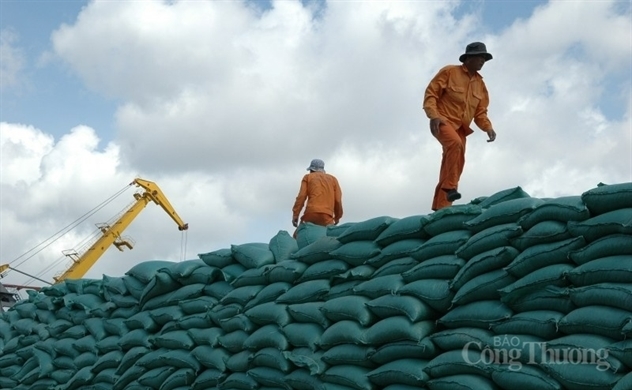Vietnam’s rice exports hit record high of $3.66 billion in nine months

Photo: MoIT
This is a significant increase from the same period last year, with the increasing price of exported rice playing a major role in this achievement.
The average price for exported rice in the first three quarters of 2022 reached $553 per ton, representing a 14% increase compared to the same period in the previous year.
The Philippines was the largest buyer of Vietnamese rice products in the first eight months of 2023, accounting for 40.3% of the total rice export, while China and Indonesia ranked second and third, accounting for 13.5% and 12.4%, respectively.
This highlights the strong trade relationship between Vietnam and these countries.
Additionally, the growth in rice exports has positively developed in the European Union (Poland, Netherlands, Spain, Belgium) and African nations (Ghana, Angola).
However, export rice prices have indeed been stagnant due to importing countries’ efforts to curb inflation. In response, many countries are focusing on developing domestic production and exploring alternative food sources to reduce their reliance on rice imports.
Vietnam’s rice export price remains the highest in the world, despite a slight decrease in Thailand and Pakistan, according to the Vietnam Food Association.
In assessing the market, Vice General Director of the Export-Import Department under the Ministry of Industry and Trade Chan Thanh Hai said, the price of exported rice is expected to remain high until the end of 2023 due to strong demand from major consuming markets (Philippines, China, Indonesia, Malaysia, and Africa). Meanwhile, the rice supply from leading exporters India and Pakistan remains limited.
President of the Vietnam Food Association, Nguyen Ngoc Nam highlights Vietnam’s rice exports are experiencing significant potential due to the increasing demand from countries in the region.
Particularly, the Philippines needs to import an additional 1.1 million tonnes, while Indonesia plans to buy 2.3 million tonnes by the end of the year.
China’s demand for rice imports is also forecast to increase in the remaining months of the year.

 TIẾNG VIỆT
TIẾNG VIỆT 

_131447820.png)














